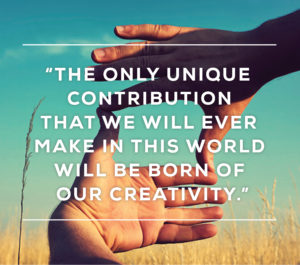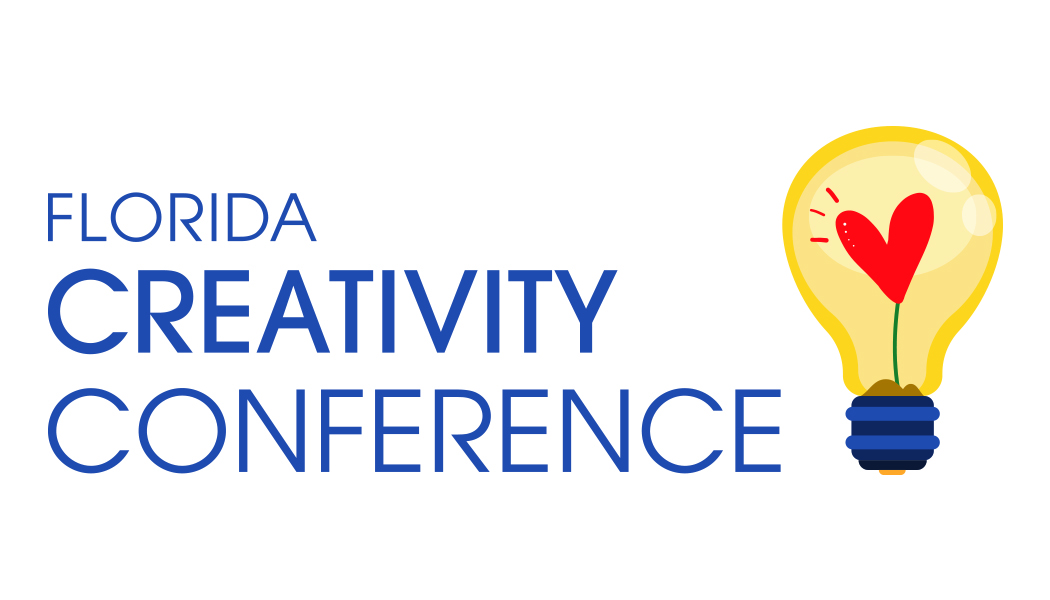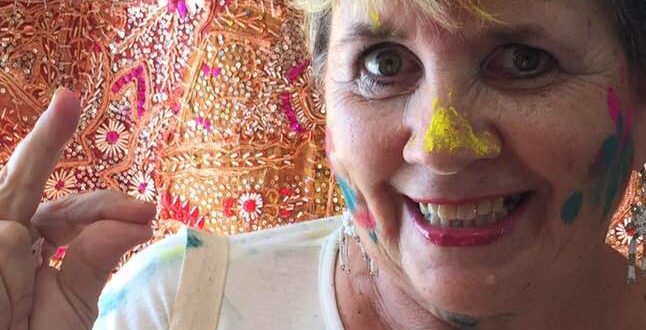What is creativity? By Marta Davidovich Ockuly
Creativity is a subjective concept. This means every person on the planet has her or his own way of describing, understanding, and practicing creativity.
Creativity researcher and educator Jane Piirto affirms: “Every discipline, every person, has a separate definition and each believes in creativity as something that really exists” (Understanding Those Who Create, 1998, p. 5).
We all know creativity exists, but the big question is how strongly we identify with it, and how often we practice it. Human beings are wired for creativity. It evolved in our DNA as a mechanism to support both surviving and thriving. The only way to build creative confidence is to engage in personally pleasurable creative process. In the words of researcher/author Brene Brown: “There is no such thing as creative and non-creative people, only people who use their creativity and people who don’t.” Even if something happened early in life that made you feel you were not creative, know your creative potential is alive and well and waiting for you!

According to psychotherapist Alexander Lowen: “The creative act may be defined as any form of expression that adds new pleasure and meaning to life” (Pleasure: A Creative Approach to Life, 1976, p. 33). Does associating creativity with pleasure surprise you? In our culture creativity is most commonly associated with talent (art, music, genius, or fame in any field) or products judged by others to be new and useful. These perspectives leave out some very important perspectives.
All creativity begins with personal creativity fueled by imagination. Think back to all the ways you applied your imagination as a child. You did not just think of creating a secret hiding place or blanket fort – you built it! Imagination alone is not creativity. Creativity is imagination plus action in the form of expressing or making your ideas real. Creativity is also autobiographical. We can trace our creative roots by exploring the pastimes we found pleasurable as children, and find engaging today. The freedom to explore curiosities, spend unstructured time in nature, and imagine possibilities that fill us with joy, all play a role in cultivating creativity. Although many associate creativity with products, it is actually an inside-out, person-centered process. To build creativity confidence, people need to be open to the experience of trying new things, taking risks and not being concerned with perfection. Imagination is the green light for creative thinking. Fear or anticipation of evaluation is the red light. Self or external criticism kills creativity.
If you are interested in growing your creativity, play with it. Take a class, make a collage, paint a pot, write a poem, or invent the thing you’d love someone to invent. Remember every problem you encounter is an opportunity to build creativity muscles. Imagine lots of possible solutions and throw out the best, and make the worst idea work. This form of up-side-down thinking leads to seeing old challenges in new ways. Join others working on the same problem! At the Florida Creativity Conference (March 23-25, 2018) you can choose from 50 workshops offering exciting and productive ways to grow your creativity. You may walk in alone, but you’ll leave with wonderful creative connections and possible collaborators. Look for me…I am excited to meet you!


